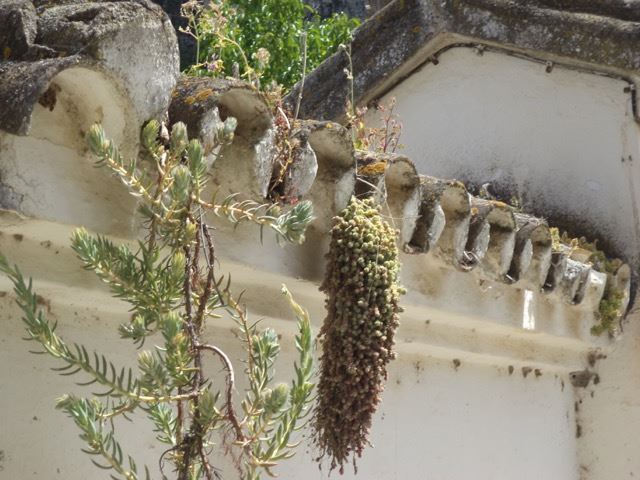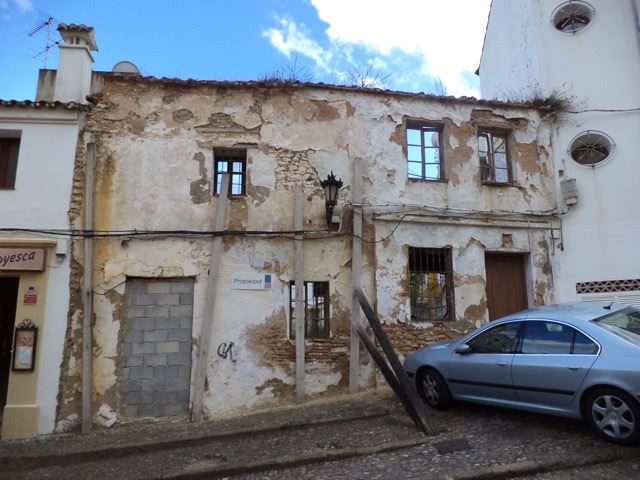 Whenever I travel, and wherever, I always think “Imagine living here!” Be it a Mexican city of millions, a dusty market town in Rajasthan, Venice Beach, a Tibetan refugee settlement or an island off the Oregon coast, I always seem to find a dream home and want to move in. (Blame those ‘sail, raid and settle’ Viking roots of mine) As was to be expected, the same thing happened when we first visited Andalucía. Not that we were looking to buy anything, nor could we have guessed that we were to come back to live here. However, my head started churning and my keenly developed ‘fixer-upper’ gene went into overdrive. Just seeing all those tempting stone ruins and ramshackle barns in perfect state of decay.
Whenever I travel, and wherever, I always think “Imagine living here!” Be it a Mexican city of millions, a dusty market town in Rajasthan, Venice Beach, a Tibetan refugee settlement or an island off the Oregon coast, I always seem to find a dream home and want to move in. (Blame those ‘sail, raid and settle’ Viking roots of mine) As was to be expected, the same thing happened when we first visited Andalucía. Not that we were looking to buy anything, nor could we have guessed that we were to come back to live here. However, my head started churning and my keenly developed ‘fixer-upper’ gene went into overdrive. Just seeing all those tempting stone ruins and ramshackle barns in perfect state of decay.
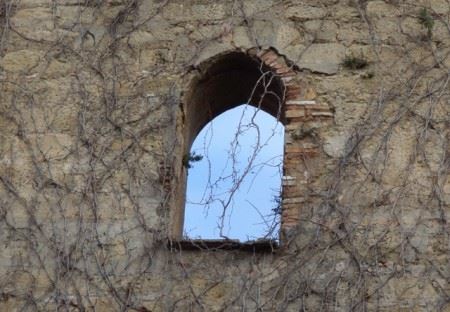 When my husband retired and we returned to Andalucía for an open-ended sabbatical, it did not take many days before we both started dreaming about ‘our’ private little slice of Andalucían paradise. We were still Canadians (my husband a citizen, myself a permanent resident) but we felt that it would not hurt to look around. Who would not want to have a small pied-à-terre in southern Spain? With almost unlimited time on our hands and a Virgo in the family (the before-mentioned spouse), we started doing research and making lists of areas of interest. Fortuitously we wanted more or less the same thing; a charming Andalucian town, not completely overrun by expats, situated reasonably close to an international airport, with proximity to nature, an ample selection of cafes and a few shady town squares, art, culture and history and last but not least, a friendly local community.
When my husband retired and we returned to Andalucía for an open-ended sabbatical, it did not take many days before we both started dreaming about ‘our’ private little slice of Andalucían paradise. We were still Canadians (my husband a citizen, myself a permanent resident) but we felt that it would not hurt to look around. Who would not want to have a small pied-à-terre in southern Spain? With almost unlimited time on our hands and a Virgo in the family (the before-mentioned spouse), we started doing research and making lists of areas of interest. Fortuitously we wanted more or less the same thing; a charming Andalucian town, not completely overrun by expats, situated reasonably close to an international airport, with proximity to nature, an ample selection of cafes and a few shady town squares, art, culture and history and last but not least, a friendly local community.
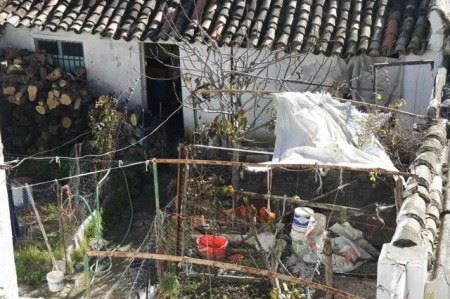 Looking for a new hometown on the Internet is quite different for seeing it with ones own eyes. And ears. A town might seem ever so idyllic in photos, but when you get there you might realize that it is located right along a noisy highway. You might believe you have found your Nirvana, until you discover that there is a single windy road to get out of town with an hour-long drive to the next human development. Not an issue if you are looking for utter isolation or are writing a doctorate on dung beetles, but we instantly knew when we got there that these types of places were not for us. A lovely photogenic village might upon closer inspection have too many vagrant dogs to allow one to go for a peaceful afternoon stroll, it may suffer from water shortage if another golf course construction gets green-lighted, or it may be that the local residents just don’t give you that warm and fuzzy feeling. There are so many details one cannot pick up on online. Certainly not from real estate sites whose descriptions tend to omit less desirable facts.
Looking for a new hometown on the Internet is quite different for seeing it with ones own eyes. And ears. A town might seem ever so idyllic in photos, but when you get there you might realize that it is located right along a noisy highway. You might believe you have found your Nirvana, until you discover that there is a single windy road to get out of town with an hour-long drive to the next human development. Not an issue if you are looking for utter isolation or are writing a doctorate on dung beetles, but we instantly knew when we got there that these types of places were not for us. A lovely photogenic village might upon closer inspection have too many vagrant dogs to allow one to go for a peaceful afternoon stroll, it may suffer from water shortage if another golf course construction gets green-lighted, or it may be that the local residents just don’t give you that warm and fuzzy feeling. There are so many details one cannot pick up on online. Certainly not from real estate sites whose descriptions tend to omit less desirable facts.
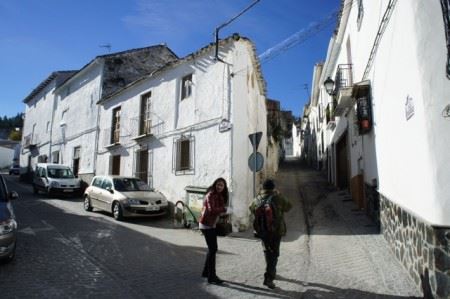
The size of the town is something equally important to consider. We had lived in too many cosmopolitan cities and knew that we wanted a small town. But how small is small before it gets claustrophobic? How is your tolerance for village gossip? Is a single café enough to fulfill your gourmet and social needs? Or do you need a theatre, concerts and high speed Internet to be happy? Are train and bus service vital for you to get around? Does schools or other family services play a part in your decision? What about a medical specialist or a notary who speaks English? And can you live without a decent hair stylist?
We figured out that our ideal town should be less than 100 000 inhabitants, yet certainly have more than 25 000 residents, allowing for at least a couple of commercial streets and a small selection of cafés and bars. We have friends who have bought picture-perfect fincas, surrounded by unlimited vistas of rolling hills and olive groves. To be located miles from the next town may seem like heaven, until you realize that you have to jump in the car to go and buy bread. And God forbid if you should need a hospital…
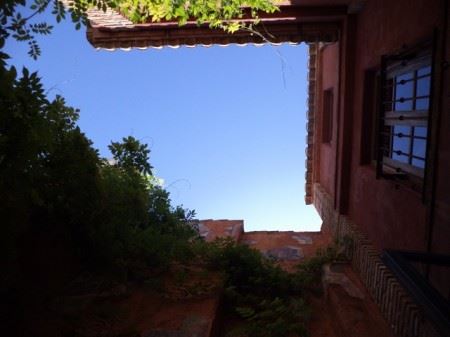 The house itself is a whole other matter. Spain has literally millions of properties available so one has to narrow down ones search. Do you want a flat or a house, free standing or attached, a tiny balcony, a good-sized garden or an entire vineyard? Do you want something ready to move into or do you wish to renovate? Clearly everyone has different needs, budgets and dreams. One can find huge homes for virtually giveaway prices especially on the coast, but one may end up living in a ‘ghost community’ all the neighbouring houses are for sale or simply abandoned. You can even buy a whole village now, just be sure to bring your friends along or you will be very lonely. With so many considerations to take it behoves one to look into them before making any purchases or signing any papers.
The house itself is a whole other matter. Spain has literally millions of properties available so one has to narrow down ones search. Do you want a flat or a house, free standing or attached, a tiny balcony, a good-sized garden or an entire vineyard? Do you want something ready to move into or do you wish to renovate? Clearly everyone has different needs, budgets and dreams. One can find huge homes for virtually giveaway prices especially on the coast, but one may end up living in a ‘ghost community’ all the neighbouring houses are for sale or simply abandoned. You can even buy a whole village now, just be sure to bring your friends along or you will be very lonely. With so many considerations to take it behoves one to look into them before making any purchases or signing any papers.
We wanted a fairly small home. Something easy to maintain and quick to lock up when we want to go travelling, with lots of light and windows, ideally a big terrace to grow an olive tree and a nice quiet street. As we started our home search, I began taking photos of ruins and teardowns. To assure that my aging parents’ hearts were kept strong, I would send the worst photos to them saying we had found our dream home. Those half fallen down walls? No problem, I would learn stone masonry. And my husband would fix that collapsed roof in a jiffy. There was of course a secondary purpose to me sending the photos, as I hoped that once we found our dream place, it would not actually seem so daunting for my old folks.
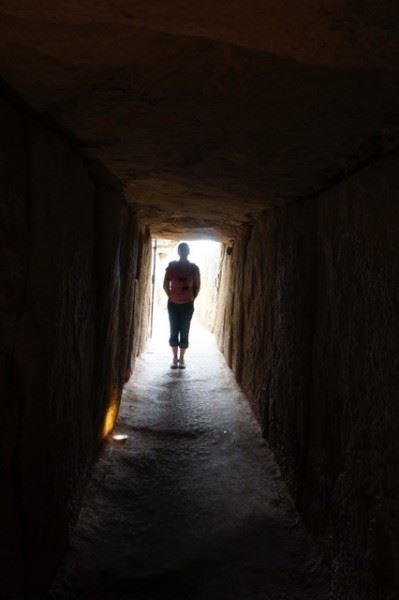 As we started viewing properties, we realized that for our particular case we were better off buying ‘a wreck’ and building from scratch than taking on somebody else’s building project. Having spent my career designing film sets and making TV interiors, I love converting spaces. An occupational hazard so to speak. Added to this, the southern Spanish style is almost polar-opposite to my more subdued Scandinavian taste. At the risk of making gross generalizations and knowing that I am certainly not the judge of what is de mauvais gout, I have made the following observations. People in rural Andalucia (and elsewhere in small-town Spain) tend to like dark woods, ideally amply carved. They tend to fill their home to bursting with heavy furniture and drapery. They love to use a combination of multi-coloured Arab wall tiles and may top the design off with a sweeping white marble staircase if they can afford it. Just as my sparse and somewhat industrial taste seem outlandish and unfinished to many of our neighbours, the Andalucían love for brown kitchens may seem drab and depressing to me. There are of course many stunning exceptions and lovely Spanish building styles. However, at the price range we could afford and in the types of neighbourhoods we were looking, the brown on brown was the general style going. Buying a renovated place would probably mean bringing in the bulldozer. In other words, we were in the market for a teardown.
As we started viewing properties, we realized that for our particular case we were better off buying ‘a wreck’ and building from scratch than taking on somebody else’s building project. Having spent my career designing film sets and making TV interiors, I love converting spaces. An occupational hazard so to speak. Added to this, the southern Spanish style is almost polar-opposite to my more subdued Scandinavian taste. At the risk of making gross generalizations and knowing that I am certainly not the judge of what is de mauvais gout, I have made the following observations. People in rural Andalucia (and elsewhere in small-town Spain) tend to like dark woods, ideally amply carved. They tend to fill their home to bursting with heavy furniture and drapery. They love to use a combination of multi-coloured Arab wall tiles and may top the design off with a sweeping white marble staircase if they can afford it. Just as my sparse and somewhat industrial taste seem outlandish and unfinished to many of our neighbours, the Andalucían love for brown kitchens may seem drab and depressing to me. There are of course many stunning exceptions and lovely Spanish building styles. However, at the price range we could afford and in the types of neighbourhoods we were looking, the brown on brown was the general style going. Buying a renovated place would probably mean bringing in the bulldozer. In other words, we were in the market for a teardown.
We had looked far and wide for a home to our taste and our wallet size when one day we discovered that the house right next door to our rental property was for sale. It was tiny. It was crocked. It was old. The roof was about to fall in. “Imagine living here,” I thought. We had finally found our dream casita!
To read what happened next, check out my upcoming blog ‘Our 3-meter wide slice of Andalucian paradise’.
